-
×
Morning Glory Sky Blue seeds Pack of 10 seeds
1 × ₹80.00 -
×
 Plant label T type pack of 20 white color 6.8cm X4.8Cm
1 × ₹75.00
Plant label T type pack of 20 white color 6.8cm X4.8Cm
1 × ₹75.00 -
×
 Ceramic Pots for small succulents and cactus Dog set of 2 pots color may vary
1 × ₹60.00
Ceramic Pots for small succulents and cactus Dog set of 2 pots color may vary
1 × ₹60.00
Subtotal: ₹215.00

 Morning Glory Sky Blue seeds Pack of 10 seeds
Morning Glory Sky Blue seeds Pack of 10 seeds  Plant label T type pack of 20 white color 6.8cm X4.8Cm
Plant label T type pack of 20 white color 6.8cm X4.8Cm  Ceramic Pots for small succulents and cactus Dog set of 2 pots color may vary
Ceramic Pots for small succulents and cactus Dog set of 2 pots color may vary 

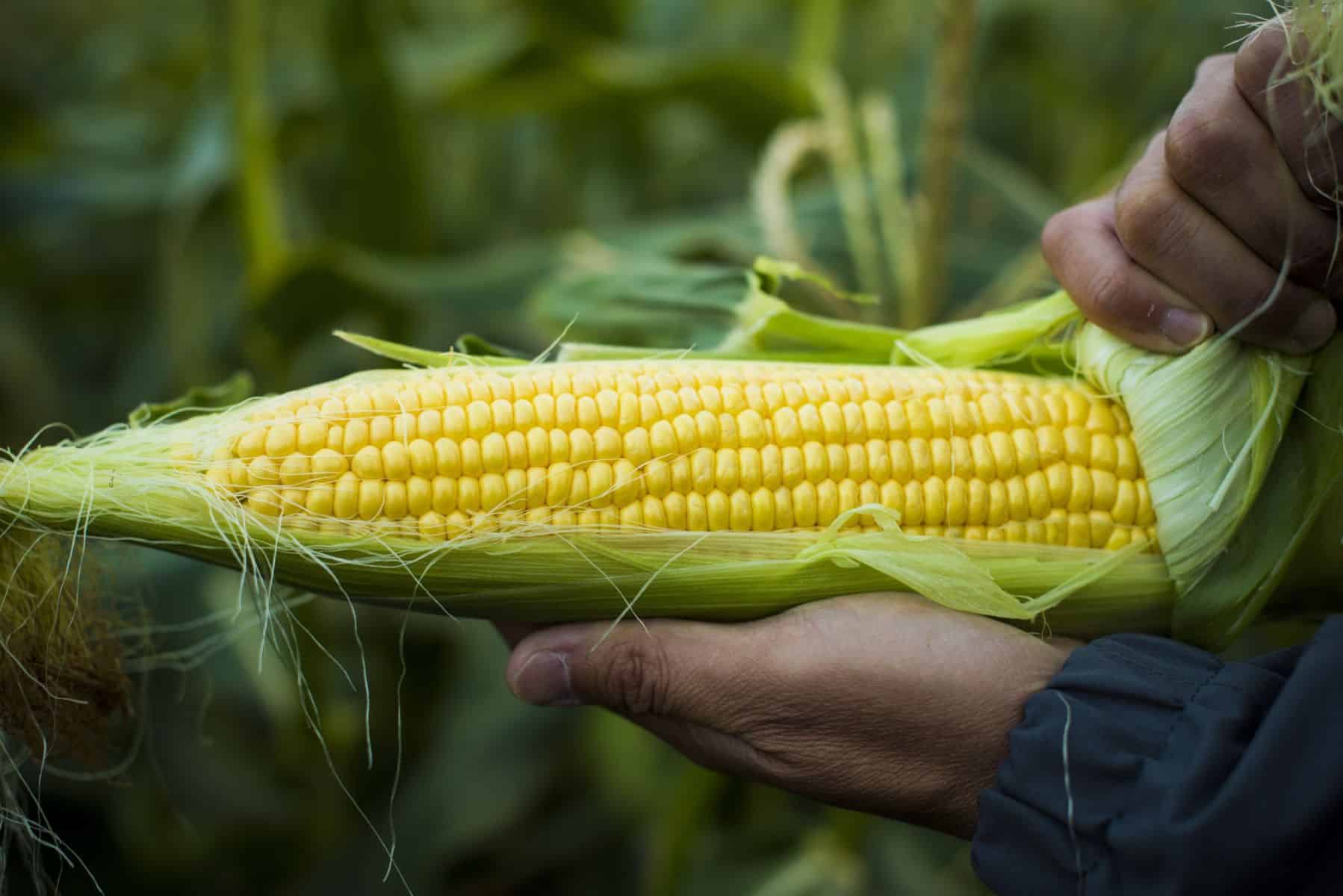
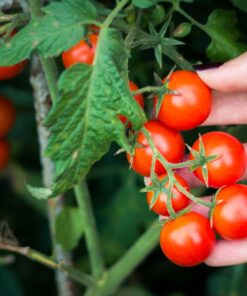
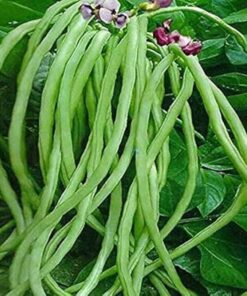
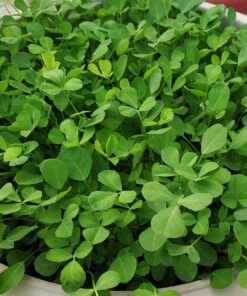
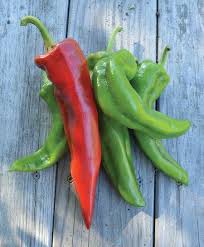
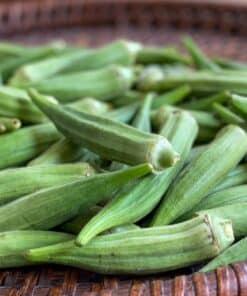
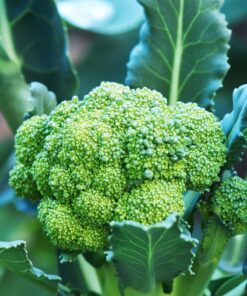
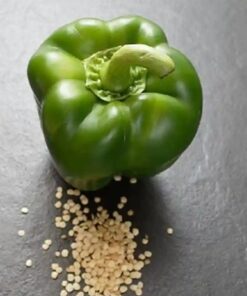
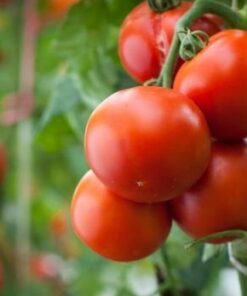
Reviews
There are no reviews yet.